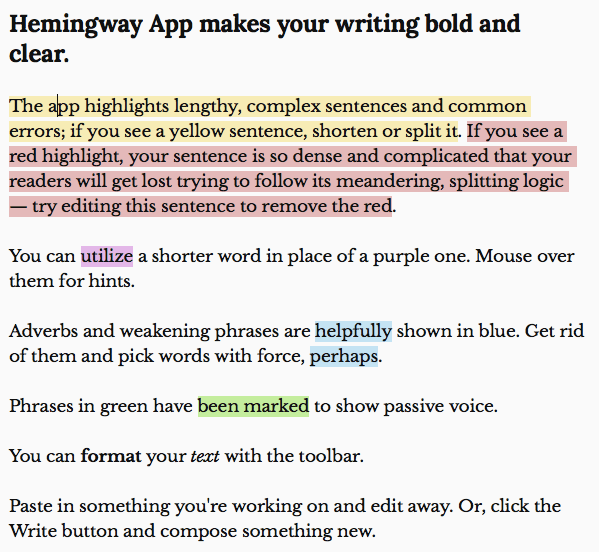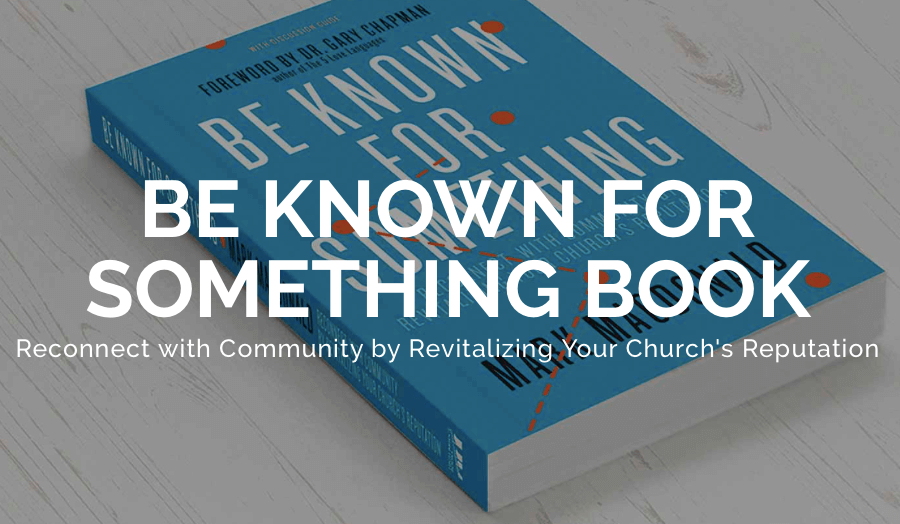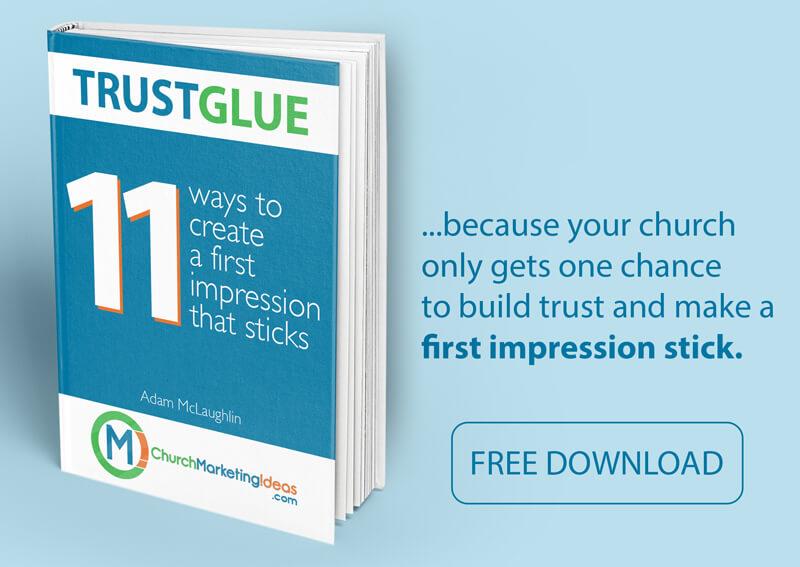2021 Pastor Appreciation Day is Sunday, October 10

ASK: What are your pet peeves that I can avoid?
I was talking with Ryan Wakefield from Church Marketing University, and he said one of the most successful questions he asked his boss was “What are you pet peeves that I can avoid?”
Maybe it’s when emails come in marked as high priority, or letting a call go to voicemail without leaving a message, or interrupting in a conversation, or texting while he or she is preaching that buzzes the apple watch, or (my favorite) giving a piece of paper when that could have been sent by email.
Learning what makes your Pastor tick is one of the best gifts you can give – not only to show that you appreciate your Pastor but also to learn and not accidentally invoke a pet peeve.
ASK: Is there anything I can help with for this weekend?
What this can sound like: I appreciate what you do, and I know there’s a lot resting on your shoulders, so is there any way I can help shoulder the load.
Thursday or Early Friday are great times to ask this question because that’s the point in time when we often realize there’s more ‘to-do list’ left than there is ‘week’ left.
This could be as simple as
- Would you double-check that the coffee supplies got picked up? We ran out of sugar last week.
- I’m looking for a picture for my sermon of a dog in a car. Would you help me find that?
- Can you give me your feedback on this phrase in my sermon?
- Could we change the sign out front by Sunday to say….?
There are often things that your Pastor will notice that others may not, and anything you can do to help take something off his or her mind.
INVITE: Bring someone to church
Nothing says “I appreciate our church” like believing in the vision and leadership like bringing someone to church. On Pastor appreciation, Sunday, October 13, 2019, start planning to have a day when everyone brings someone.
GIFT: Give a book that you’ve enjoyed or your Pastor has mentioned
Often, a Pastor won’t take the time to buy themselves a gift, so a simple gift can be a sign that you’ve been listening when they’ve mentioned wanting to read a book, and you’re supporting them as they learn and grow.
GIFT: Give them an unplanned day, or weekend, or lunch off

GIFT: Outsource something that has been too much for your team to handle
Maybe your Pastor has wanted to have more sermon clips show up on Social Media (like through SermonClipper.com), or outsource your graphic design to Church Media Squad to give a boost to your design team and create a higher quantity of designs for your Pastor’s blog, or social media images or your email newsletter, or on screens during announcement.
If there’s something close to your Pastor’s heart, find a few people who will each commit to split the costs for a year personally and make that dream happen.
WRITE: A Hand-written note
Rather than ask your church to bring in a card, hand out a piece of cardboard where each member of your church can write a personal note to you Pastor for Pastor Appreciation Day 2019. This will mean way more than some guy in Hallmark’s office writing a card that someone from your church bought.
Not only is this cost-effective, so you can pool your resources for another type of gift, but it really makes a personal connection from each person in your church to your Pastor.
DO: ‘Steal’ your Pastor’s car, and get the oil changed, car washed and gas topped up
Ok, probably not steal, but let them know that while they’re in a meeting, you’d like to take their car for an oil change. While you’re out, top up their gas and get the deluxe-premium-super-duper car wash. Everyone loves driving a clean car and take something off the to-do list.
GIFT: An online course
Choose an online course from a person your Pastor respects, or a topic that he or she is interested in. If you’re not sure where to start, consider Hope Made Strong’s online course which talks about how to stay healthy in church leadership when you’re working regularly giving all of your energy to helping others.
An online course might not be something they would buy for themselves, but they can go through it with the leadership at your church and see a definite difference.
ASK: What is one thing you would like to see our church accomplish in the next 6 months?

This could be an outreach event, seeing a certain number of visitors show up at church, setting up a church follow up process using Text In Church or to build a volunteer parking lot team.
You may be surprised at what the answer is to this question – it may be something fairly obvious, or it may be something you’ve never considered before, but mark in on the calendar, loop in all of your key staff and volunteers, and work backward to figure out how to get from here to there – what steps will it take? Who needs to be involved? How can we track progress along the way? How will we celebrate when we hit our goal?
GIFT: Bring in someone to help build a community-impact strategy
When I work with churches, we take 3 days on site and create a 6-month community impact strategy. We start with 6 questions that every organization needs to answer and end with clear branding, a marketing strategy to evaluate your guest’s experience at your church and follow up process, and an outreach strategy to help you become known in your community.
Your Pastor leads your church because he or she wants to impact your community and introduce more people to Jesus. Show your appreciation for his or her passion by helping align your whole church (Staff, key leaders, volunteers, and attenders) around a common goal of reaching your community, and create a written 6-month strategy to do that!
As much as a staff member or church member you’ll appreciate the focus and clarity it creates, your Lead Pastor will thank you for helping put words, actions and checkpoints to his vision for reaching your community.
Ready to get started? Send me an email to start the discussion: adam@adammclaughlin.net
What are some of the best ideas you’ve heard for Pastor Apprecation day? Leave a comment below so we can all learn together.
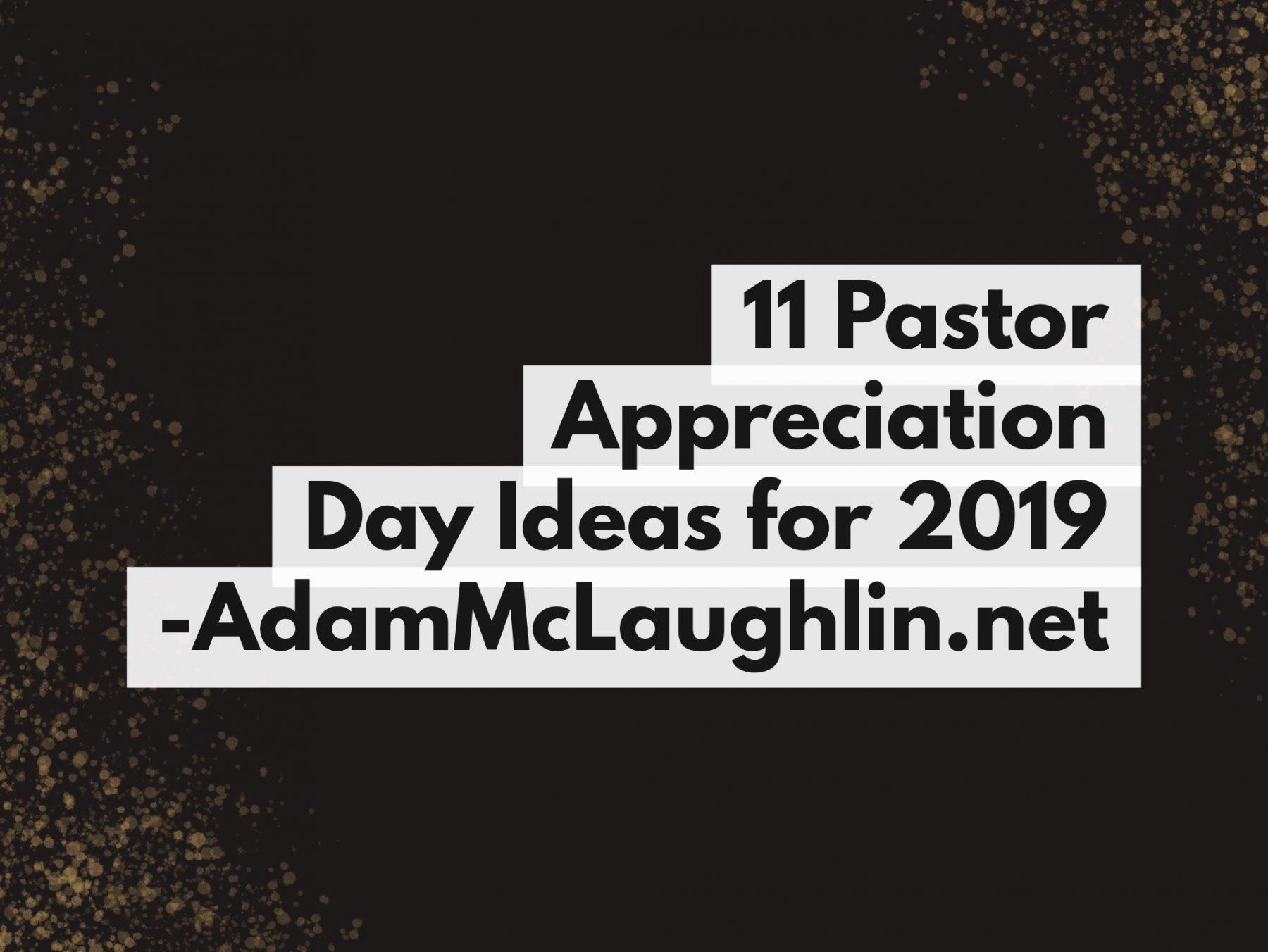
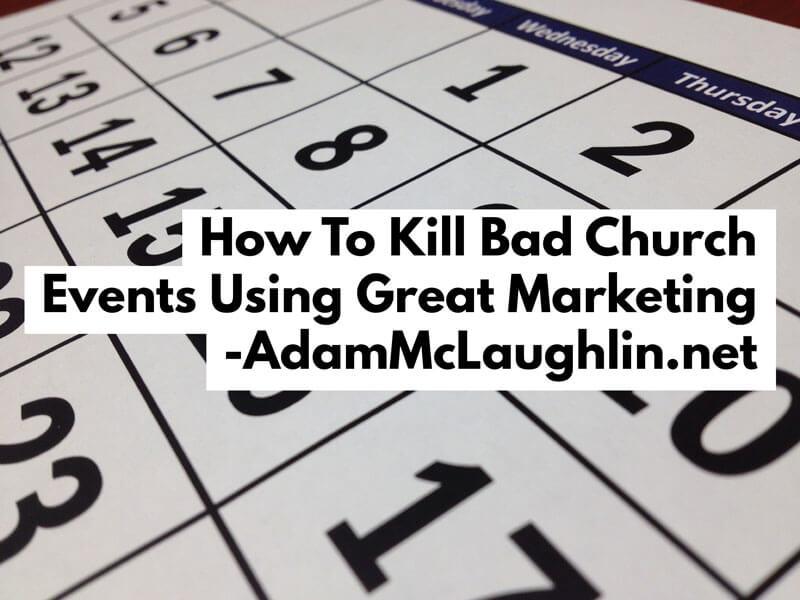
 I made the mistake too many times of not having this discussion before an event. After the event, we would get together for an after-action review (that’s coming further down the page) and I would say “Wow, you had 50 people at your event! That’s great,” and the event organizer (without fail) would say “yes, but I was expecting more. More people would have come if there was some additional promotion.”
I made the mistake too many times of not having this discussion before an event. After the event, we would get together for an after-action review (that’s coming further down the page) and I would say “Wow, you had 50 people at your event! That’s great,” and the event organizer (without fail) would say “yes, but I was expecting more. More people would have come if there was some additional promotion.”

 Branding is simply what makes your church unique.
Branding is simply what makes your church unique. A church with 2 mid-weeks services is going to serve someone differently than a church with Sunday services and small groups through the week.
A church with 2 mid-weeks services is going to serve someone differently than a church with Sunday services and small groups through the week.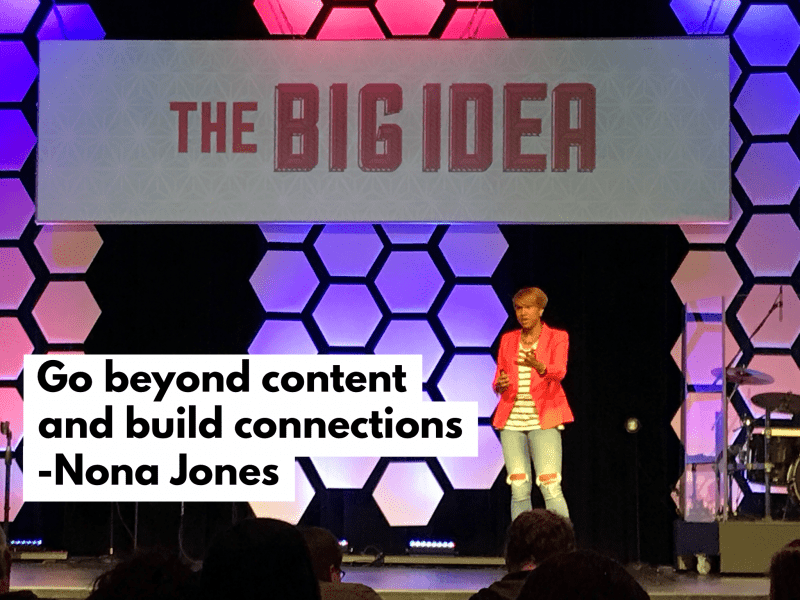



 If you haven’t heard of the Pumpkin Spice craze, welcome out from under that rock. Pumpkin Spice was originally started by Starbucks in 2003. (
If you haven’t heard of the Pumpkin Spice craze, welcome out from under that rock. Pumpkin Spice was originally started by Starbucks in 2003. (



